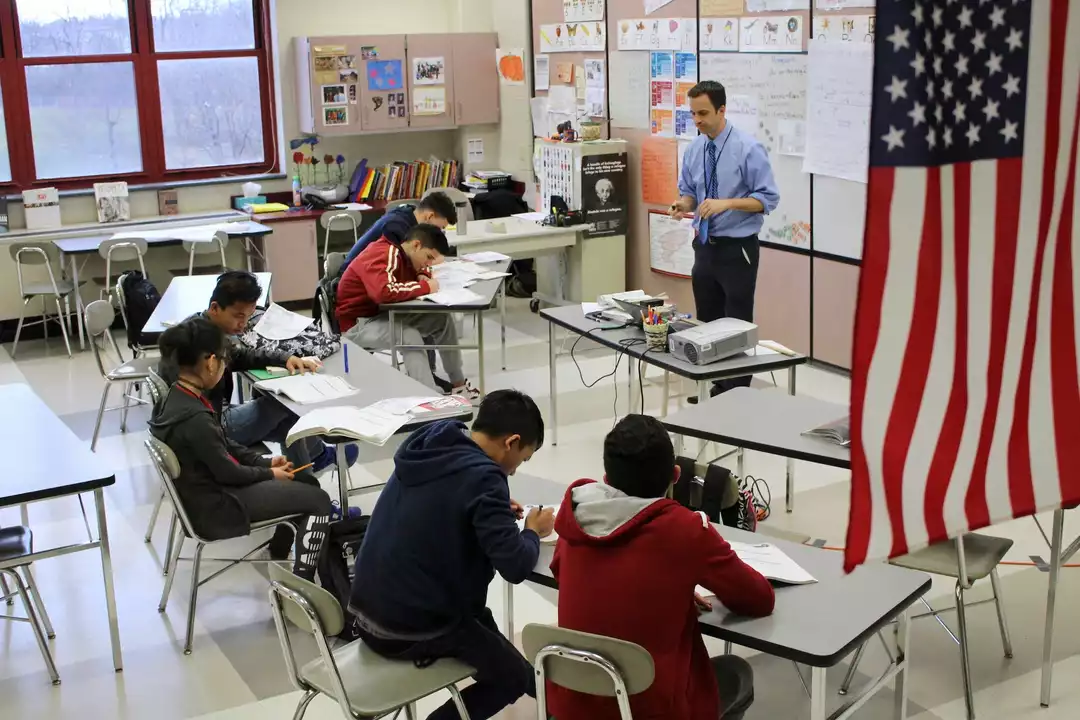Private School Market: What’s Happening Now?
If you’ve been watching the education space, you’ve probably noticed a buzz around private schools. Parents want better outcomes, investors see profit potential, and policymakers keep an eye on equity. So, what’s really driving the private school market today? Let’s break it down in plain terms.
Key Trends Shaping the Private School Market
First off, demand is rising. Families in urban areas are paying more attention to school rankings, extracurricular options, and classroom technology. That demand fuels new school openings, especially in fast‑growing suburbs where public schools are overcrowded.
Second, technology is a game‑changer. Hybrid learning models, AI‑powered tutoring, and digital classrooms are no longer “nice‑to‑have.” Private schools that adopt these tools attract tech‑savvy parents and can charge a premium for the added convenience.
Third, the curriculum is getting tighter to market needs. Many private schools now offer STEAM (science, tech, engineering, arts, math) tracks, coding labs, and even early entrepreneurship programs. This alignment with job‑market trends makes the schools more appealing to parents looking for a future‑proof education.
Finally, affordability is still a hot topic. While tuition continues to climb, schools are responding with scholarship bundles, income‑based tuition models, and flexible payment plans. The goal is to keep enrolment numbers healthy while still covering rising operational costs.
How to Navigate Costs and Choose the Right School
When you’re comparing private schools, start with the basics: class size, teacher credentials, and student‑to‑teacher ratio. Smaller classes usually mean more personalized attention, which often translates to better results.
Next, look at the extra costs. Some schools charge for sports, arts, or technology fees that can add up quickly. Ask for a full breakdown before you sign anything. Transparency is a good sign that the school values trust.
Don’t overlook financial aid options. Many private institutions have endowments earmarked for scholarships. A school that actively promotes aid programs is likely trying to build a diverse student body, which can enrich the learning environment.
Lastly, think about the long‑term value. Schools with strong alumni networks often provide mentorship, internships, and college placement help. Those connections can be worth the extra tuition dollars.
Summing it up, the private school market is expanding because families want quality, technology, and curricula that match today’s world. Costs are rising, but schools are also getting creative with financial aid. By checking class sizes, hidden fees, scholarship options, and alumni support, you can make a smart choice that fits both your budget and your child’s future.

How big is the private school market in the US?
The private school market in the US is quite significant and continues to grow. According to recent data, there are over 34,000 private schools nationwide, serving around 5.7 million students. These institutions make up approximately 25% of all schools in the country and enroll about 10% of the student population. The demand for private education has been fueled by factors such as smaller class sizes, personalized learning experiences, and specialized programs. As a result, the private school market is an essential component of the US education system.
Read More